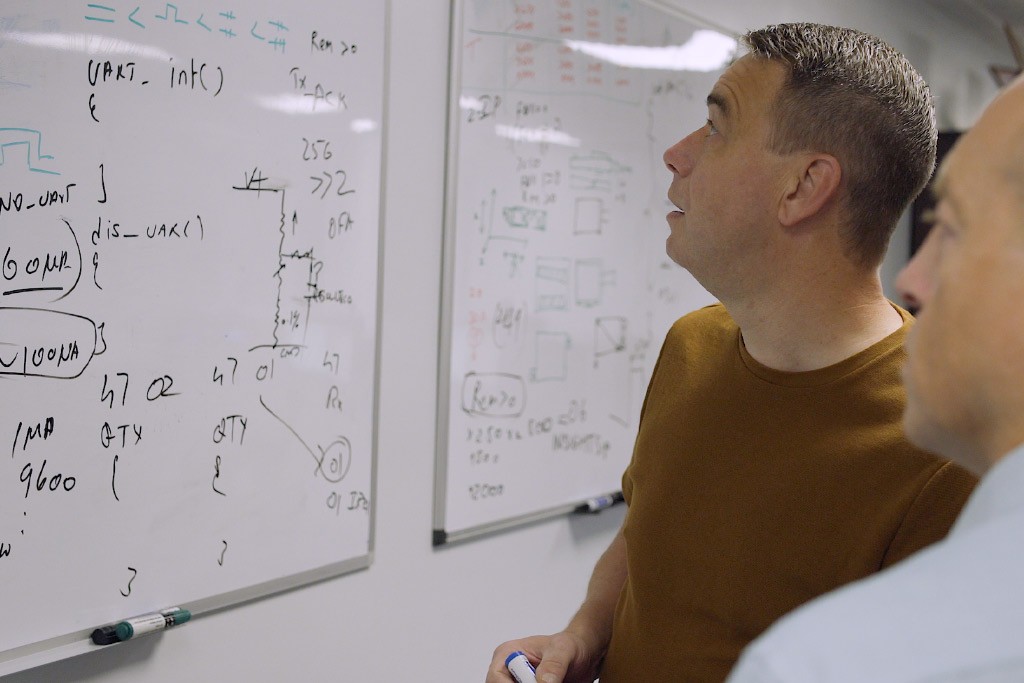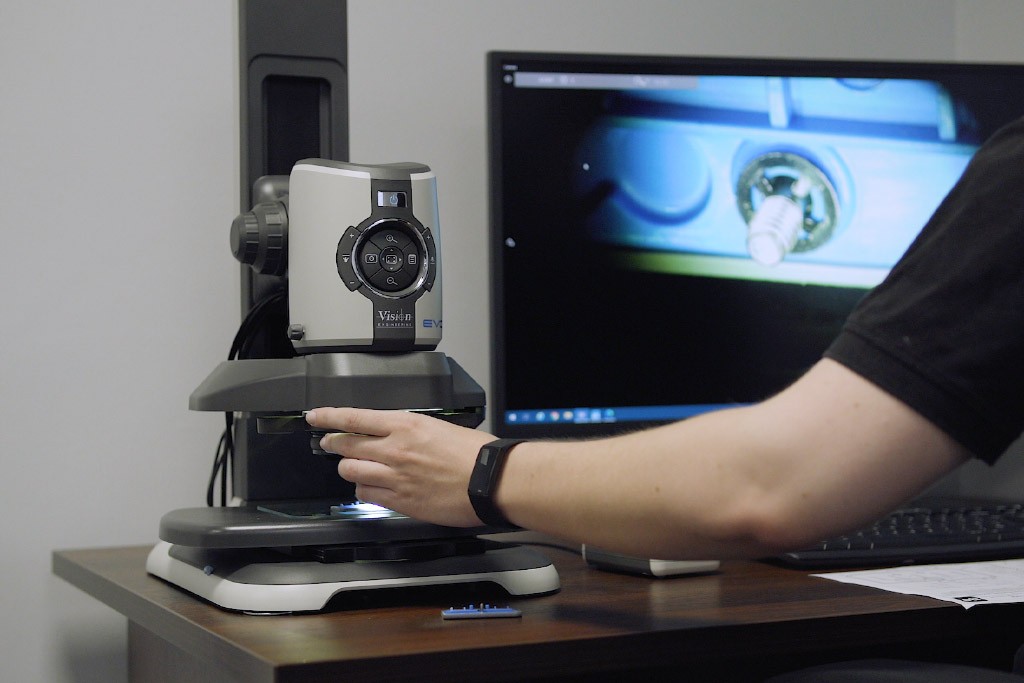ETI Department Spotlight: R&D

Creating award-winning products is all about design and manufacture. At Electronic Temperature Instruments Ltd, our research and development (R&D) department great measures to ensure every product is fit for purpose, technologically advanced and rigorously tested for accuracy and durability.
The company has been awarded four Queen’s Awards for its innovative products, with both the design process and the hand-manufacturing of instruments taking place at our factories in Worthing, West Sussex.
We spoke to Alex Blows, manager of the R&D department at ETI, about how every product is created to meet leading standards.
What goes into designing ETI products?
Firstly, we identify what customers need and what features are most important to them. Market research helps us to determine trends and to understand the processes that end users are moving towards. Our sales and marketing teams have good relationships with our distributors and customers so they can log their ideas and send them through to us for consideration.
We also keep updated with the latest technologies; this gives us the opportunity to improve and innovate our products so they remain ahead of our competitors. It also keeps our products manufacturable and serviceable for as long as possible.
Projects often include three different engineering sections: mechanical, electronic and software engineering. We have all three here on site.

What sets British design and manufacturing aside from the rest?
We design with attention to detail and quality is our top priority. As we assemble the instruments, every part is checked and no compromises are made. If we see a part that’s not right, we will reject it.
We use cutting edge technology and spare no expense when it comes to the robustness and reliability of our instruments. Our products are designed to last, increasing customer satisfaction and return.
How are ETI products designed with every possibility in mind?
Our enclosures are designed to be food resistant and robust. For example, we test our cases against substances commonly found in commercial kitchens, like peanut oil, and many of our instruments have waterproof IP ratings so they can be regularly cleaned without fear of ingress.
If we can make our instruments durable and long-lasting for fast-paced kitchens or industrial applications, then this ensures they will be good for the home user as well.

How does customer feedback influence the design process?
Customer feedback is vital to ensure our new products meet the market requirement, while also giving us the opportunity to improve upon the products we already manufacture. It’s in everybody’s interest as the product functions perfectly for the customer, and as a result we see a return on our investment.
How are ETI products tested before entering the market?
Our products go through stringent testing before release. It is important to ensure that our products consistently meet their specifications and are safe. We have facilities on site that allow us to do all tests, with the exception of EMC testing which is carried out by an external test house.
Safety, instrument accuracy, compliance to regulations, product robustness, waterproofing levels and fitness for purpose are all very important to us.

You might also like:
ETI Department Spotlight: Quality Assurance